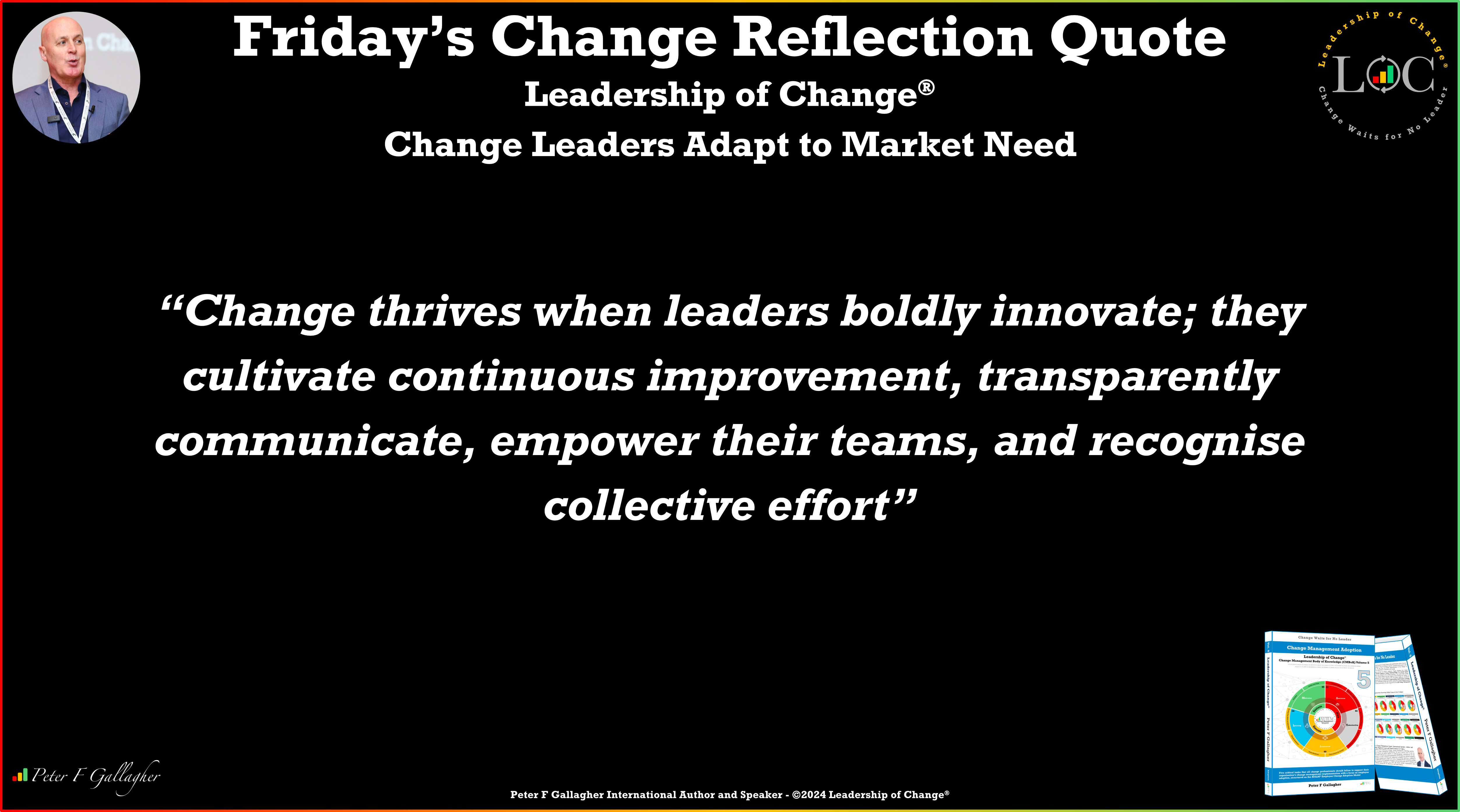Mar22

1993: Intel Corporation produces the first Pentium microprocessor.
Happy Friday!
On this day, March 22, 1993, the Intel Corporation produced the first Pentium microprocessor, a major milestone in the history of computing and a game-changing event that ushered in a new era of technological advancement. The Pentium processor, officially known as the Intel P5 or 80501, was a ground-breaking microprocessor developed by Intel. It was the company’s first superscalar architecture microprocessor, capable of executing multiple instructions simultaneously, and represented a quantum leap in computing power, offering unprecedented performance and capabilities compared to its predecessors. With its innovative design and enhanced processing abilities, the Pentium redefined the possibilities of personal computing, empowering users with the ability to tackle more complex tasks and run demanding applications with greater ease and efficiency. The historical significance of the first Pentium microprocessor extended beyond its immediate impact on the world of technology. It symbolised a turning point in the ongoing quest for innovation and progress, showcasing the relentless pursuit of excellence and advancement that defines the realm of technological development.
Vinod Dham, regarded as the ‘Father of the Pentium’, played an instrumental role in the development of the ‘Pentium killer’ processor. He told us, “Speed was God for us when we designed Pentium. All we did was to build the fastest BMW or Lamborghini equivalent of a chip.” Dham’s vision and technical leadership were critical in making the Pentium a reality and keeping Intel at the forefront of microprocessor innovation. Leaders of change adapt to market needs, challenge the status quo, and venture into new, innovative territories, even if it is risky. They cultivate continuous improvement to foster a culture of ongoing learning, adaptation, and refinement of products and processes. Change leaders address challenges openly and honestly, providing regular updates to stakeholders. They empower their teams by providing clear direction, resources, and an environment that encourages collaboration and accountability. Leaders of change recognise collective effort and acknowledge that major transformations require the contributions of the entire team. Change Leaders Adapt to Market Needs.
“Change thrives when leaders boldly innovate; they cultivate continuous improvement, transparently communicate, empower their teams, and recognise collective effort”
4IR offers employees two choices: either change or regress. Organisations and employees should see improving and changing systems as a fantastic opportunity to learn and grow, by getting involved in the change design process. The existing employees of an organisation will know the current system’s performance deficiencies. These employees can provide invaluable insights into how to make the new systems better when they are involved in their implementation. This is particularly the case when an existing system is being updated and the employees know the system well. They will also have insights from previous system change implementations, and they will know what works and what does not.
However, organisations usually buy their business systems from leading technology vendors who have their own SMEs, and it is unlikely that the organisation implementing the change will have the skills and knowledge to operate a brand-new system without extensive training and work experience. Business system design and capability are advancing at a fast rate, and the existing internal SMEs may not have the required aptitude (even with training) to competently operate the new systems. That aside, some of the existing business SMEs can play a critical role in change design implementation:
Have a fantastic weekend with the ones you love and care for, enjoy some fresh air, exercise, eat, drink and be happy.
Further Reading: Change Management Adoption - Leadership of Change Volume 5
Peter consults, speaks, and writes on the Leadership of Change®. He advises CEOs on how to prepare and align their corporate leadership teams to successfully lead their organisation's change.
For further reading please visit our websites: https://www.a2b.consulting https://www.peterfgallagher.com Amazon.com: Peter F Gallagher: Books, Biography, Blog, Audiobooks, Kindle
Leadership of Change® Body of Knowledge Volumes: Change Management Body of Knowledge (CMBoK) Books: Volumes 1, 2, 3, 4, 5, 6, 7, A, B, & C available on both Amazon and Google Play:
~ Leadership of Change® Volume 1 - Change Management Fables
~ Leadership of Change® Volume 2 - Change Management Pocket Guide
~ Leadership of Change® Volume 3 - Change Management Handbook
~ Leadership of Change® Volume 4 - Change Management Leadership
~ Leadership of Change® Volume 5 - Change Management Adoption
~ Leadership of Change® Volume 6 - Change Management Behaviour
~ Leadership of Change® Volume 7 - Change Management Sponsorship
~ Leadership of Change® Volume A - Change Management Gamification - Leadership
~ Leadership of Change® Volume B - Change Management Gamification - Adoption
Keywords: Business Strategy, Change Management, Leadership
 The Corix Partners Friday Reading List - September 19, 2025
The Corix Partners Friday Reading List - September 19, 2025 The Hidden Trap of Transformation: Why “Solution Importing” Always Fails
The Hidden Trap of Transformation: Why “Solution Importing” Always Fails The Human Twilight and the Dawn of Intelligence: A Future Awaiting
The Human Twilight and the Dawn of Intelligence: A Future Awaiting The Electrification of Everything: Why Energy Transition Is Hard, and Why Delay Isn’t an Option
The Electrification of Everything: Why Energy Transition Is Hard, and Why Delay Isn’t an Option Prediction Is a Trap. Preparation Is Power.
Prediction Is a Trap. Preparation Is Power.